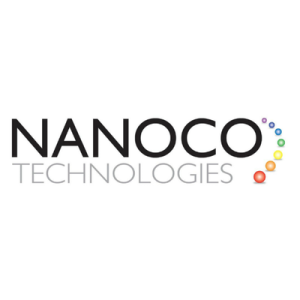By 2050, food production would need to grow by about 70% to fulfil the caloric needs of a global population of 9.8 billion people, with 68% of them expected to live in urban areas. Even while the country is in the midst of a farmers’ strike, young entrepreneurs are working hard to address some of the sector’s main problems. That is, two out of every three individuals are projected to reside in urban areas.
Producing fresh greens and vegetables close to these growing urban populations could help meet rising global food demand in an environmentally prudent manner by streamlining distribution chains to reduce emissions, providing higher-nutrient produce, and substantially reducing water usage and runoff. To generate economic prospects for the hundreds of millions of rural people who rely on agriculture for a living, as well as to mitigate environmental impacts such as ecosystem deterioration and excessive greenhouse gas emissions.
Nanoco Group PLC (LON:NANO) leads the world in the research, development and large-scale manufacture of heavy metal-free nanomaterials for use in displays, lighting, vertical farming, solar energy and bio-imaging.


